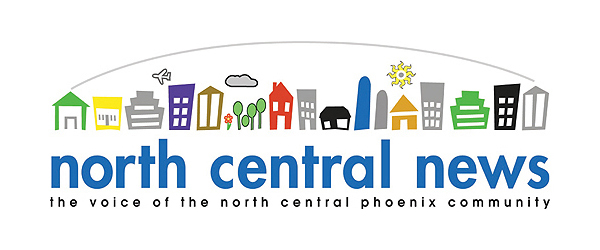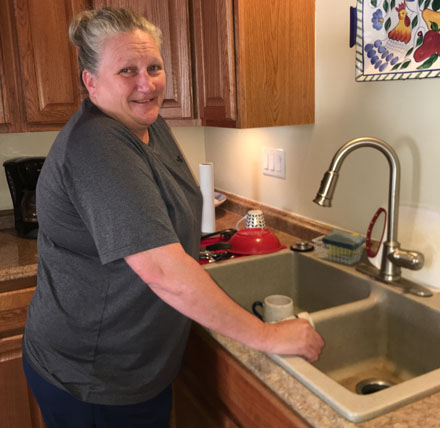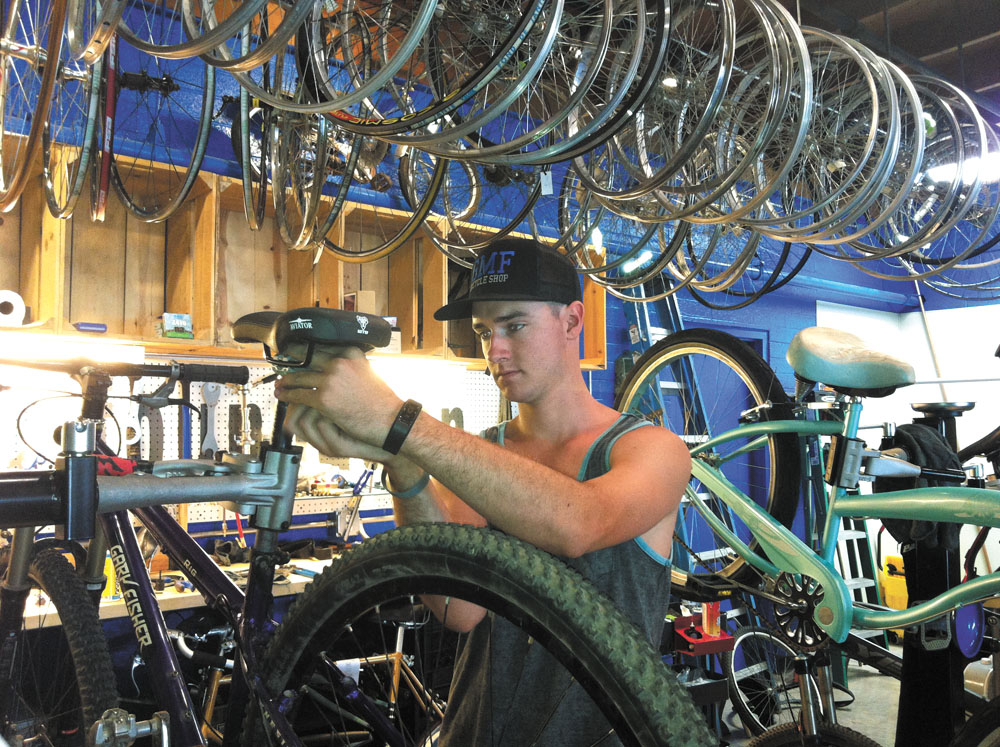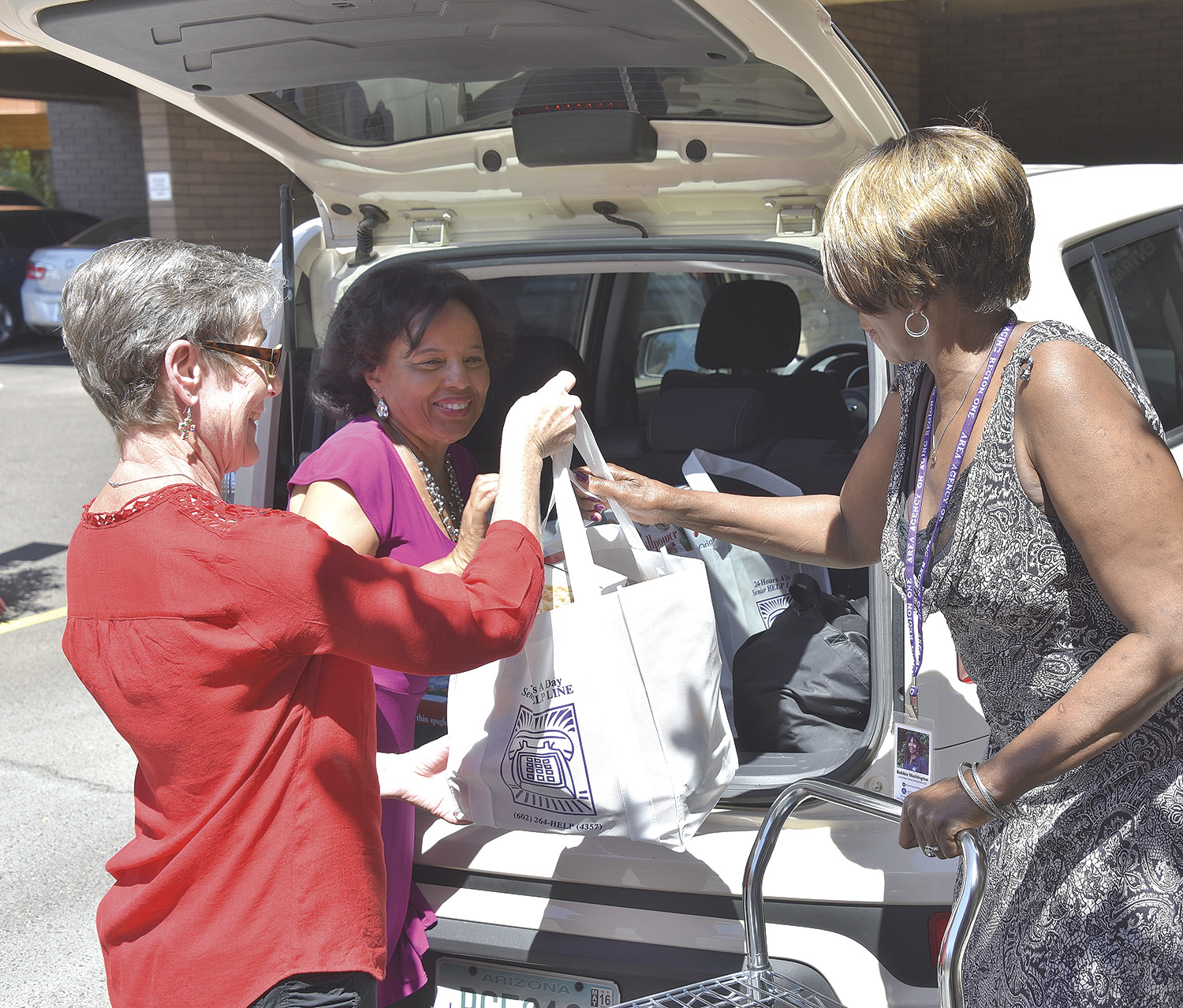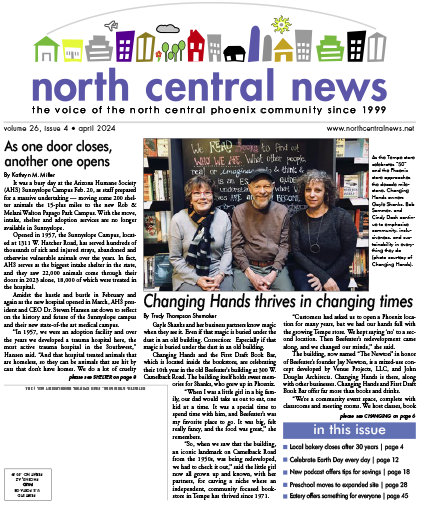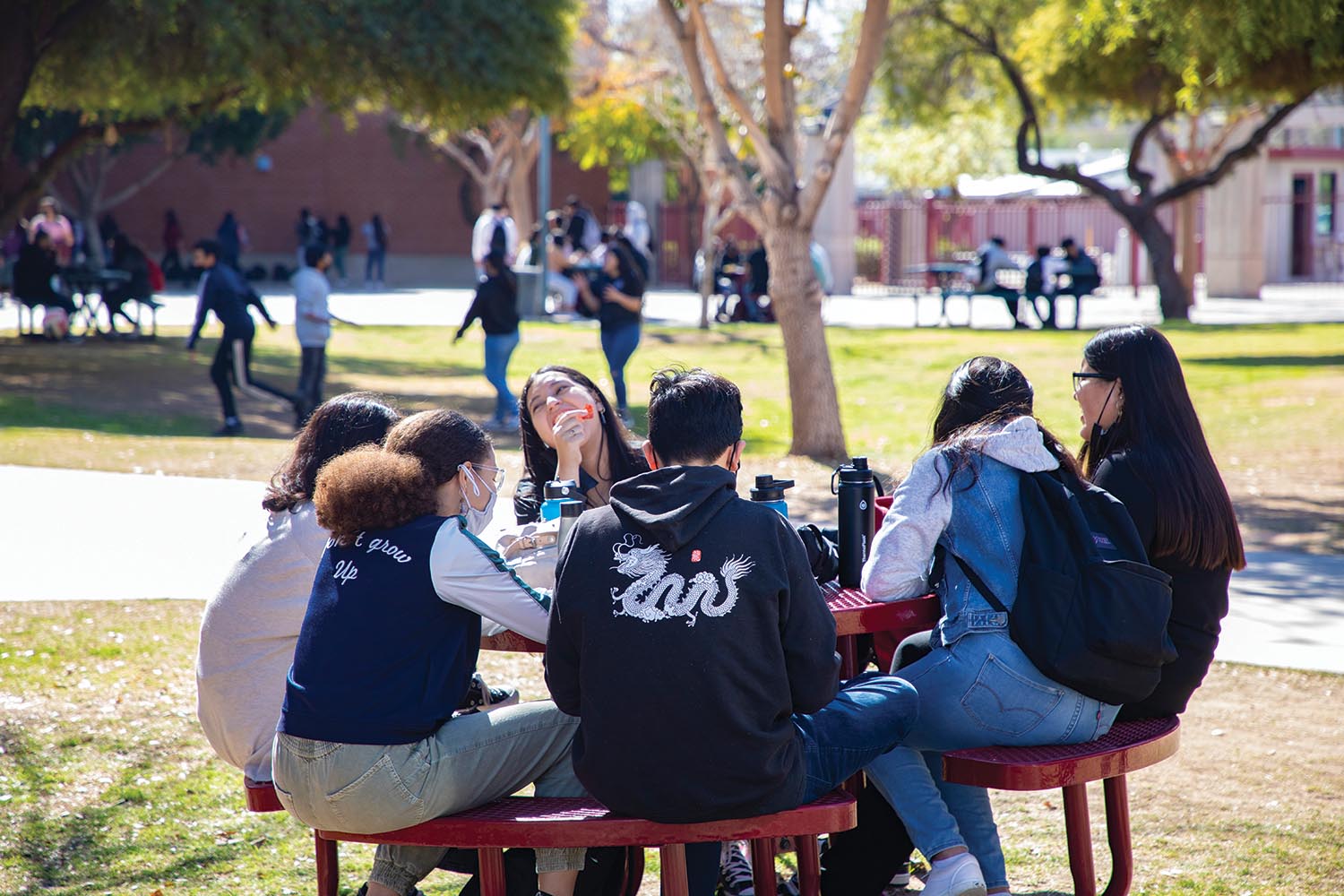
Phoenix Union High School District students will have the support of school social workers when they head back to school this year (photo by Vanessa Herb, PXU marketing associate).
As a new school year gets underway, many students are excited to be back in classrooms and among their peers. For others, however, back-to-school can bring with it anxiety, and even dread. And while parents may do their best to help, in this topsy-turvy world where even the adults are grappling with each new wave of change, the question looms: Are the kids alright?
In 2021, the U.S. Surgeon General issued an advisory highlighting the urgent need to address a mental health crisis among youth. Even before the COVID-19 pandemic, mental health challenges were the leading cause of disability and poor life outcomes in young people, with up to 1 in 5 children ages 3 to 17 in the U.S. with a reported mental, emotional, developmental or behavioral disorder.
The good news is that there is hope, and there is help, says Cami Taylor, lead social worker for the Phoenix Union High School District (PXU).
Taylor is tasked with providing consultation and guidance to the team of 35 full-time social workers within PXU. She has been with the district for 14 years, spending 10 years as a social worker at one high school, and the last three years as lead social worker. And in that time, she has witnessed a major increase in anxiety and depression in students, particularly since the onset of the pandemic.
“Astronomically, it has increased,” she said. “We were in closure for quite some time and then we came back full time in person last year and through the data that the social workers keep through their documentation, and through our general monthly meetings and individual consultations, they’ve reported extremely significant increase in both anxiety and depression across the board in all of our schools.”
She says that there are multiple factors at play, but the pandemic has wreaked havoc, beginning with grief and loss.
“We have students and families who suffered significant death and loss due to COVID-19.”
There also is loss of social connection and the difficulties of virtual learning, dealing with learning gaps and readjusting to going back to school.
“We had freshmen that started last year who basically lost their entire middle school or junior high experience. They went from sixth grade to freshman in high school without the transition that they normally would experience.”
“Then we have all of the constant, you know, social media and political issues going on,” she added. “And then in addition, the increase in violence, including school shootings. I think it’s just kind of the perfect storm to contribute to what the social workers reported has been a significant need for mental health support in the schools.”
While there is support at schools for students, there is a lot that parents can do to help their students. First and foremost is awareness, Taylor says. Also, keeping channels of communication open with regular check-ins, educating themselves on signs of anxiety and depression and being compassionate and understanding.
“As adults, we may be pressing through, and we all experience challenges, trauma things like that differently, and to recognize that oftentimes, teens don’t have the language or the means to really be able to openly communicate, ‘Hey, I’m depressed. I’m having anxiety.’ But oftentimes you have to really be compassionate and understanding and look at the behavior versus what they’re saying.”
And, of course, seek help if and when it is needed. Taylor said that there are excellent resources in the state, such as Valley Teen Lifeline (www.teenlifeline.org; 602-248-8336), and Terros Health (www.terroshealth.org/mobile-crisis; 1-800-631-1314). Nationally, the Substance Abuse and Mental Health Services Administration has a website (www.samhsa.gov) for parents and others to learn more about mental health issues. In addition, the National Suicide Prevention Lifeline is now 988 Suicide and Crisis Lifeline (www.988lifeline.org). The new mental health crisis hotline number launched July 16, allowing people to call, text, or chat 988 to be connected to trained Lifeline network counselors.
Sometimes, a voice of reassurance can make a difference, and to students, Taylor says, “Hang on and have hope that things can get better, and that there are people out there that care.”
She added that students, or adults for that matter, should never be ashamed to ask for help if they need it for themselves or someone that they care about.
“I think we all need help sometimes. Help is available and sometimes it just takes that first step to connect to someone.” And referring to herself and the multitude of other social workers and counselors out there she added, “That’s what we signed up to do every day, is to be there, be that person.”
Taylor offers some hope and encouragement to adults as well.
“It takes a long time to recover from the things that we’ve been through, but we can recover. You know, we’re resilient as a human race, so we just have to be there for each other.”
